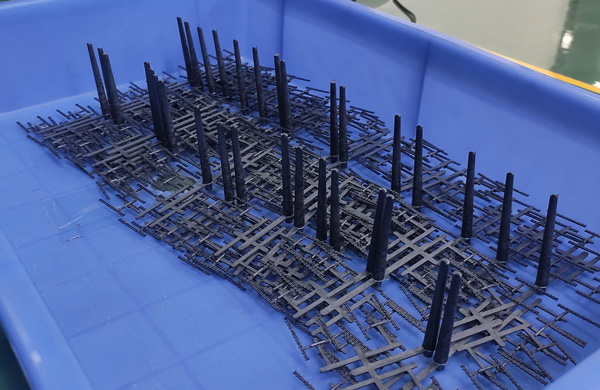In the extensive field of plastic product manufacturing, injection molding technology has become an indispensable part due to its efficiency and flexibility. However, despite its widespread application, actual production processes often face challenges such as insufficient design experience, a wide variety of plastic raw materials, complex plastic part structures, and numerous influencing factors in the injection molding process, leading to various defects in plastic parts. These defects often manifest in the form of various molding imperfections on the plastic parts.

When it comes to the defects in injection-molded parts, their causes are complex and often perplexing. Multiple factors intertwine and influence each other, making it quite challenging to accurately determine the root cause of the defects. However, in general, these defects can be roughly attributed to three major aspects: improper selection of injection molding equipment, unreasonable design of the injection molding process, and defects in the injection mold design. So, what are the factors that lead to a decrease in the strength of plastic products? The following are several key reasons:
Plastic decomposition: If plastic decomposes at high temperatures, its molecular chains will be damaged, resulting in a significant decrease in strength.
Low injection molding temperature: Insufficient temperature affects the melting state and fluidity of the plastic, thereby weakening its strength after molding.
Poor plastic welding: If the bond strength at the weld line is not up to standard, it will directly affect the mechanical properties of the entire plastic product.
Moist plastic not fully dried: If the moisture in the plastic is not completely removed, it will produce bubbles during the molding process, reducing the strength of the product.
Impurities mixed in the plastic: The presence of impurities will disrupt the homogeneity of the plastic, weakening its overall strength.
Improper gate location: The location and design of the gate directly affect the filling effect and stress distribution of the plastic, thereby affecting the product's strength.
Unreasonable product design: Design defects such as sharp corners or notches will become stress concentration points, reducing the load-bearing capacity of the product.
Insufficient plastic thickness around metal inserts: If the plastic thickness around the inserts is not enough, it will be difficult to provide sufficient support and protection, affecting the overall strength of the product.
Low temperature of the plastic injection mold: A low mold temperature will affect the cooling rate and crystallinity of the plastic, thereby affecting its strength.
Excessive number of plastic regrind cycles: An excessive number of regrind cycles will lead to a decrease in plastic performance, including a reduction in strength.